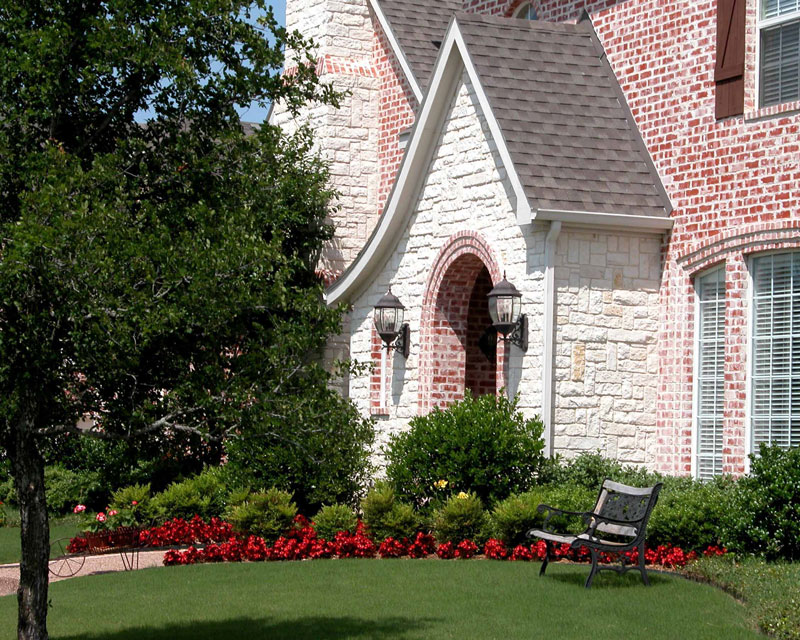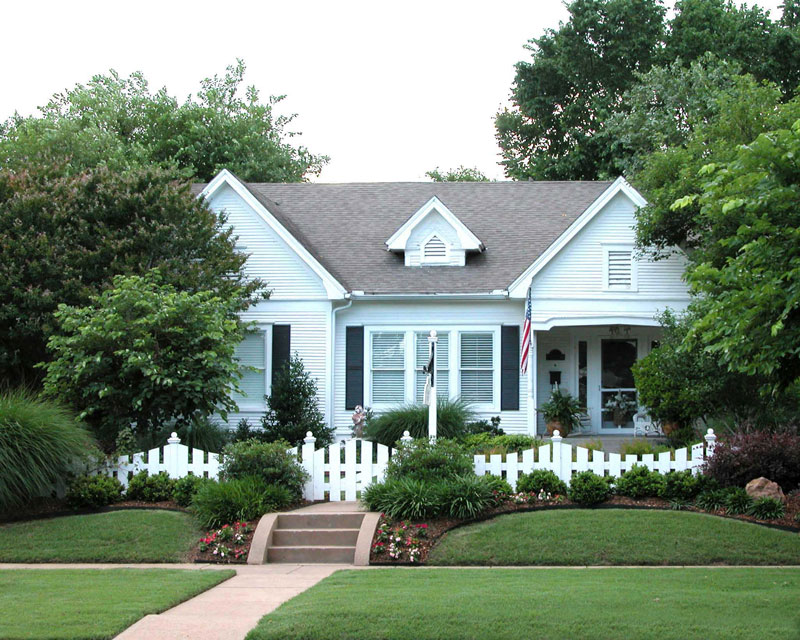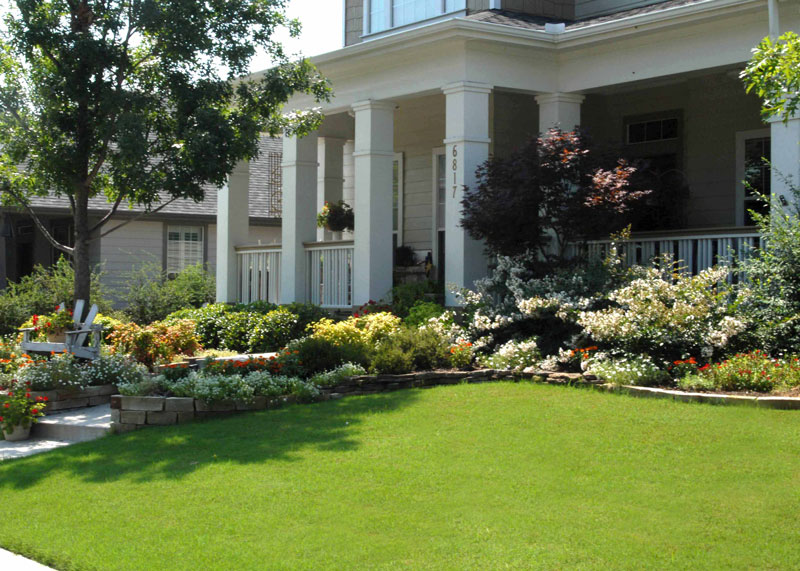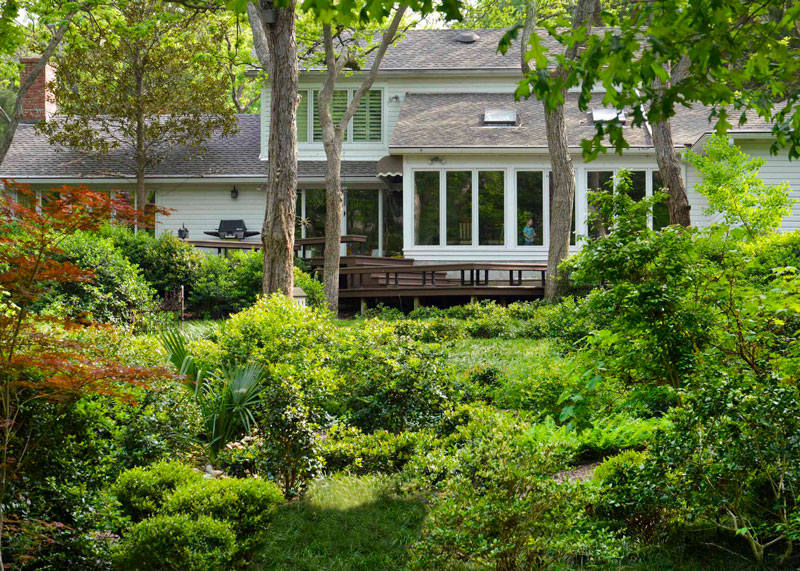Foundation Plantings
Lynn and I had just married. We actually had bought a mobile home and had moved it from the Ohio State area to 30 miles south of Lake Erie where we both were teaching at the time.
I have two degrees in horticulture, and I’d run my own retail nursery while in high school and early college in College Station, yet I found myself standing in front of a very patient nursery owner asking the question, “What foundation shrubs would you recommend?” After all, I was from Texas, and these Great Lakes plants were still a bit of a challenge.
His reply plays as well in Texas today as it did in Bucyrus, Ohio, 54 years ago:
“Houses are different now, Neil. With homes built since 1940 you really don’t have to hide the foundations with shrubs, so I don’t think in those terms much anymore unless I’m dealing with a really old house. I think more in terms of clusters and groupings.”
My degrees were in greenhouse and nursery crop production, but that simple explanation has certainly caused me to think a lot more about how we should landscape our homes.
The finest landscapes consist of natural sweeps and drifts of shrubs and groundcovers, not of long, straight rows that repeat the manmade lines of your house’s foundation.

It’s generally better and far easier to maintain a garden where plants’ mature sizes fit the spaces available, and where formal pruning is held to a minimum.
“Foundation plantings” are so pre-1950s. It’s time to fine-tune our thinking.




